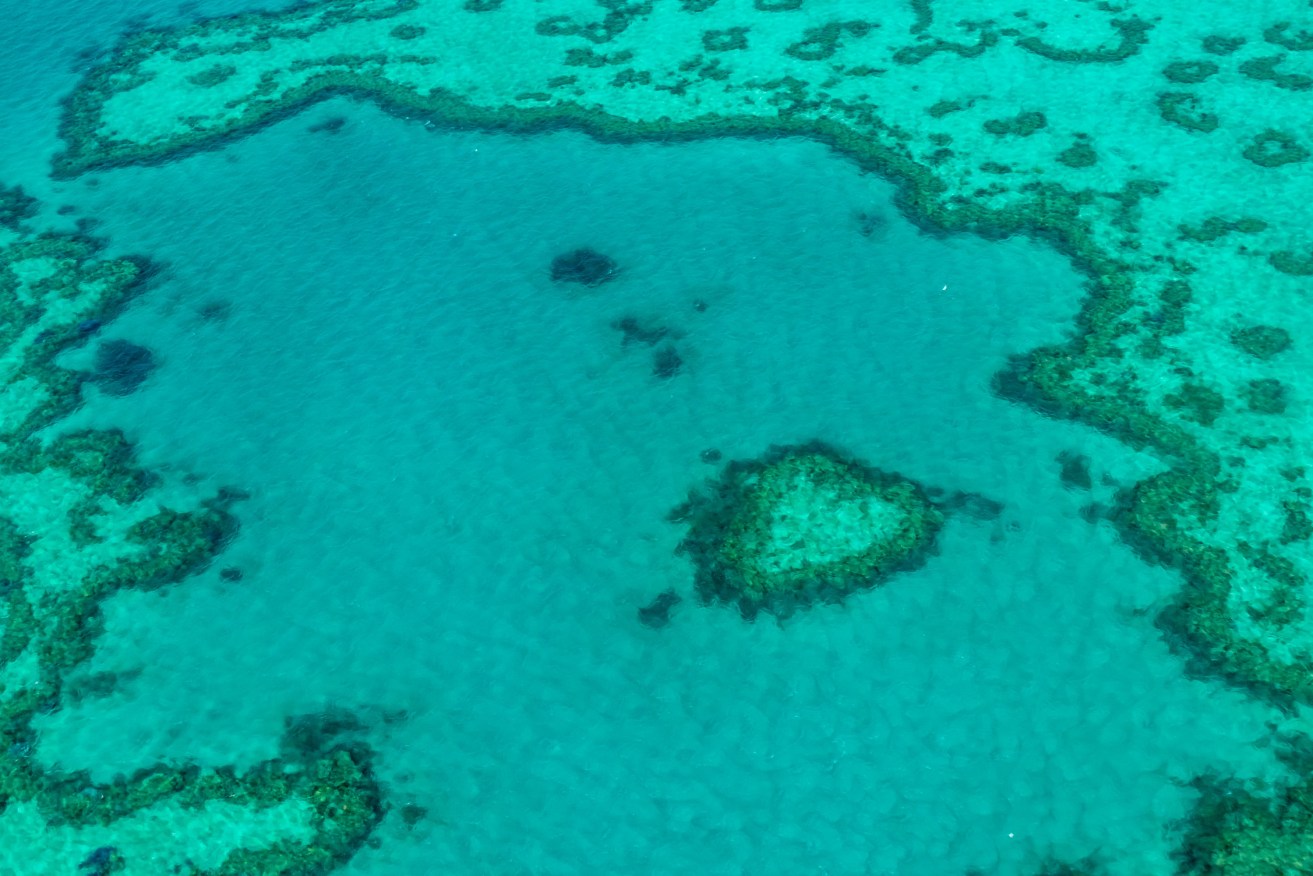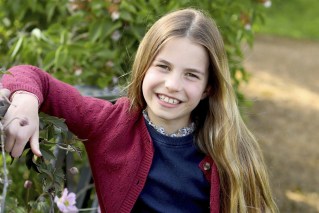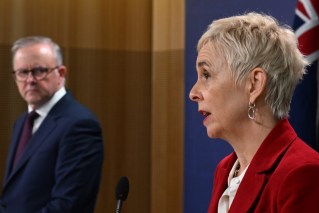Loved-up coral that spawns on cue is cupid’s arrow for reef science
Australian researchers have successfully played cupid and coaxed corals into breeding out of season in a major development for reef science.

The wild corals that make up the Great Barrier Reef spawn on just a handful of nights each year, after the full moon in November and December.
The summertime love-in has always been a handbrake for scientists who have had just one shot a year to study the spectacular, synchronised release of sperm and eggs.
But things changed this winter when experts from the Australian Institute of Marine Science used their high-tech Townsville lab to get corals in the mood to do it six months early.
“It’s a pretty big deal,” says Lonidas Koukoumaftsis, the senior aquarist at the institute’s National Sea Simulator.
“In the SeaSim, we’ve been able to control the environmental conditions that allow them to spawn, things like water temperature and moonlight and the day length.
“The availability of larvae outside the normal summer spawning season means we can improve and speed up the research on coral reproductive biology because we have more opportunities to investigate.”
A total of 43 individual corals, across six different species, spawned out of season.
Four of those species produced juvenile corals that are already being used to test and fine tune research projects that will be carried out when the natural spawning occurs on the reef this summer.
In terms of the lab work, the next step will be to repeat the winter spawning next year. If all goes well, it could lead to a more consistent supply of farmed juvenile corals available for transplantation on degraded parts of the reef.
AIMS ecologist Carly Randall says scientists are in a race against time to scale up processes that will help restore the reef and help it adapt to climate change.
“If marine science and research can delay coral decline by 20 years, we have created a significant window of opportunity for climate adaptation measures to produce solutions and for global initiatives to curb emissions,” Randall says.
The babies produced this winter are the “grandchildren” of adult corals harvested from the Great Barrier Reef from 2014.
Those original corals produced the babies’ parents, a generation that has only ever existed in captivity.
It means the lab can now say it has facilitated every stage of life for the four coral species that produced babies this winter.












